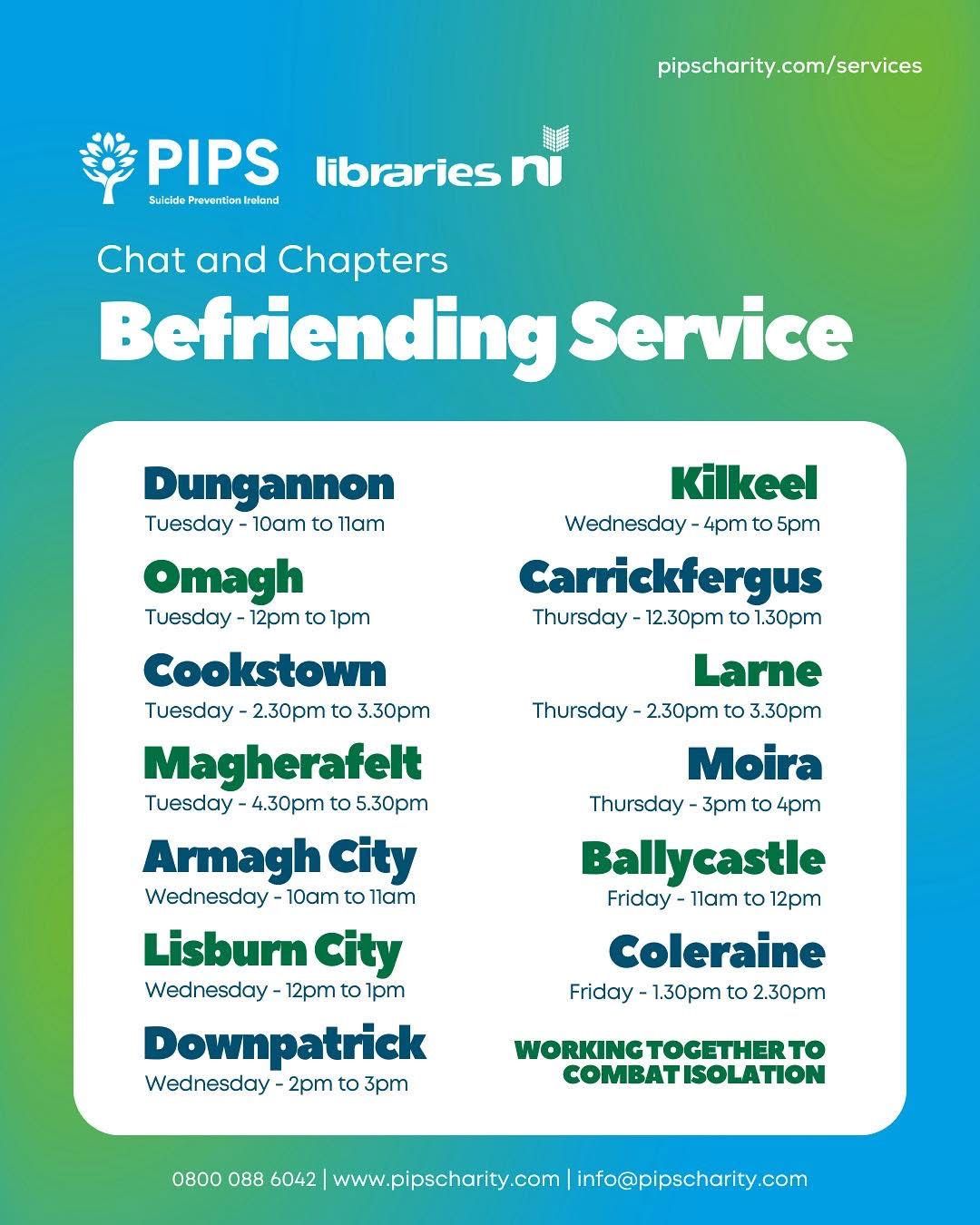AS THE transfer window edges towards its conclusion, Celtic find themselves at the centre of swirling speculation and supporter unrest while facing crucial decisions that could shape both the short- and long-term direction of the club.
Few stories have captured the imagination as much as the possibility of Jamie Vardy swapping the Premier League for the east end of Glasgow. At 38 years of age, the Leicester City legend is said to have his heart set on joining Celtic (don’t they all?), motivated in no small part by the chance to reunite with Brendan Rodgers and Kasper Schmeichel. Their time together in England brought some of Vardy’s most prolific seasons and the personal bond between the three is clearly strong.
Rodgers, however, has been careful not to be drawn into the frenzy. When asked about the link, he praised Vardy, calling him brilliant to work with, but refused to confirm or deny Celtic’s interest. It was a measured response, acknowledging the striker’s record and quality without committing to a signing that has split opinion among supporters. For some, Vardy represents an opportunity to add a proven finisher whose experience could be invaluable in Europe and tight domestic games. For others, the idea of signing a 38-year-old raises alarms over wages, fitness, and whether it would stunt the development of younger players.
🗣️Brendan Rodgers on Jamie Vardy links and who Celtic expect to sign before the window closes..
— PLZ Soccer (@PLZSoccer) August 20, 2025
🟢 Will the ex-Leicester City hero be a Hoops player this season?
🔐 Unlock exclusive shows, in-depth interviews, and more with PLZ Premium.
📲Sign up: https://t.co/eFxWrumNr4
The debate has only grown sharper with reports that clubs such as West Ham, Brentford and even Napoli are keeping tabs on the striker, meaning Celtic would face serious competition should they decide to pursue him. But are such reports to be believed? Remember, Vardy has been a free agent since May and he’s still available and floating around. That in itself tell us something important. Throw in the fact that Vardy’s best years were spent playing off the shoulder of high-line defenders and exploiting the open grass in behind with pace and purpose and the questions only increase. Week in, week out, Celtic play teams that park the bus, and it’s hard to see what benefit a striker approaching middle-age will bring against teams robustly defending the 18-yard line in numbers.
While Vardy grabs the headlines, another transfer target with a different profile has emerged. Reports from the Netherlands indicate that Feyenoord are willing to listen to offers for Calvin Stengs, a 26-year-old winger whose beep on the Celtic radar has been getting louder in recent weeks. Versatile and capable of operating right across the front line, Stengs could provide Rodgers with much-needed creativity and pace, particularly at a time when Jota remains sidelined and Daizen Maeda has been linked with a move to England.
SOUGHT AFTER: Celtic are among a number of clubs coveting Feyenoord winger Calvin Stengs 
The Dutch international appears a more realistic prospect than Vardy, offering a balance between immediate quality and future value, though interest from other clubs – Tottenham in particular – could complicate any move.
The habit of the Celtic board waiting to the last minute of the transfer window to get players in is frankly getting tedious. The board has clearly calculated that this current squad is strong enough to get past the Champions League qualifier to access the group stage riches, but what does that say about their commitment to forward progress? To many fans it says that the Celtic board is doing what the Celtic board has always done: Not enough.
Meanwhile, Rodgers has been making important calls on the players already at his disposal. Japanese defender Hayato Inamura, a recent recruit who impressed in pre-season, has been omitted from Celtic’s Champions League squad. Rodgers was frank about the decision, explaining that the youngster is not yet ready for the demands of facing Europe’s elite attackers, hinting that a loan move may be on the player’s horizon. It was a reminder that while Celtic’s business plan of investing in promising young talent for future sell-on profit has polished the bottom line, Europe requires a different standard. And that costs money which the board are once again reluctant to spend.
Beyond transfers, Celtic supporters have been voicing their frustration at how the match day experience at Celtic Park is changing – and not for the better. The weekend 4-1 cup win against Falkirk saw the imposition of heavy-handed restrictions, with barriers erected in concourses and movement between stands severely limited. Fans described the experience as demeaning, complaining that access to basic facilities such as food, drinks and toilets have become an ordeal. Many felt they were being treated like criminals, with the atmosphere around the ground suffering as a result.
✨ Matchday ✨#UCL Play-off action at Celtic Park#CelticKairat | #CelticFC🍀 pic.twitter.com/8zbYuh8XvN
— Celtic Football Club (@CelticFC) August 20, 2025
In the face of growing unrest, the club issued a statement promising adjustments, including improved queuing systems and a reassessment of how segregation is enforced. But many fans remain unconvinced that the club fully understands their concerns. The debate around stadium conditions even spilled over into light-hearted rivalry. Ahead of their upcoming visit to Celtic Park, Livingston posted a cheeky dig at the obstructed view section of the away end, highlighting the pillar that famously blocks much of the pitch. The post, intended as a joke, did not go unanswered. Celtic’s supporter liaison officer fired back with a mocking image referencing Livingston’s small away following, sparking a round of banter that amused fans of both clubs. It was a brief moment of levity in what has otherwise been a tense period between club and support.
Celtic has long prided itself on a unique bond between club and supporters. It is that relationship, alongside shrewd management and recruitment, which has sustained domestic dominance and the accompanying European financial bonanza. Yet the events of this summer demonstrate how fragile that balance can be. Supporters crave ambition in the transfer market but also demand respect and dignity when they walk through the turnstiles. Rodgers, meanwhile, needs backing that allows him to compete not just with Rangers, but with Europe’s elite.
These final weeks of the transfer window will be decisive. Whether Celtic make a controversial move for Vardy, push ahead on a deal for Stengs, or turn elsewhere entirely, these decisions will shape the tone of the season ahead. Equally, the club’s willingness to listen to fan concerns about the stadium could redefine its relationship with the support when unity is essential.
Celtic stand at a crossroads where footballing ambition, financial calculation and supporter trust must all be carefully balanced. Whatever course is chosen, the coming weeks promise to be some of the most significant in recent memory for the Hoops.




